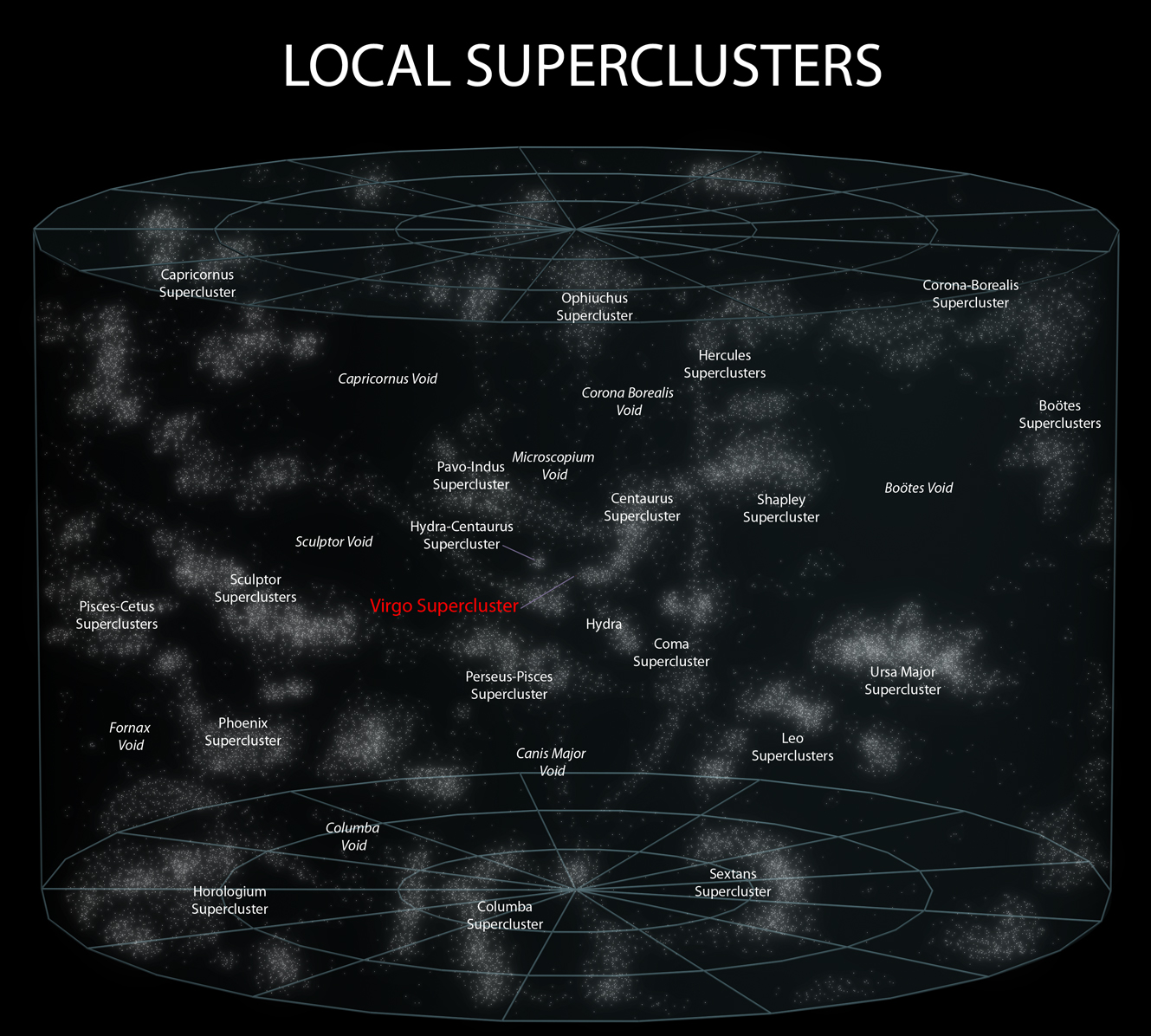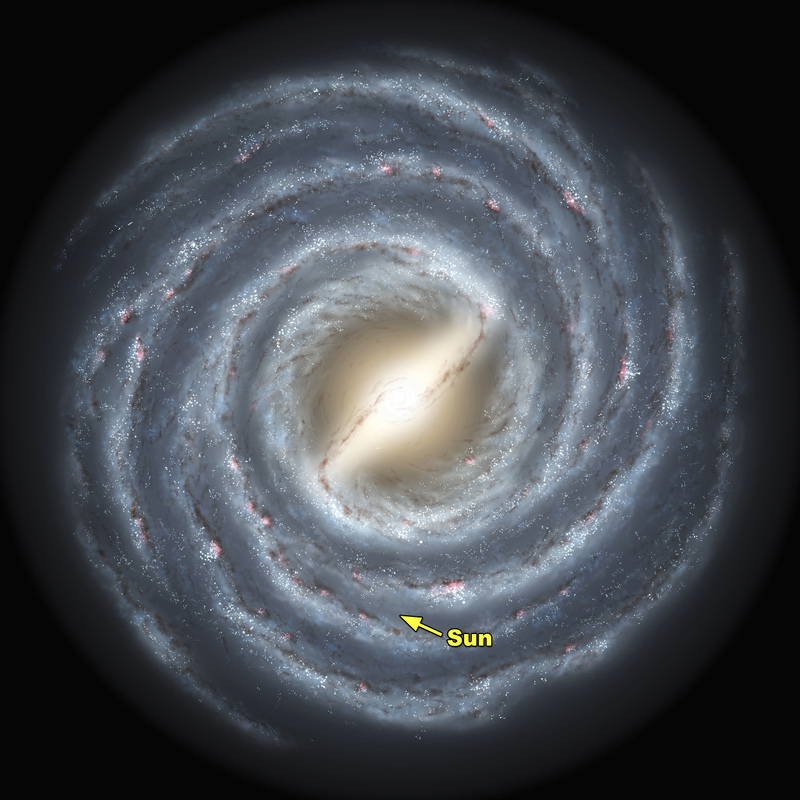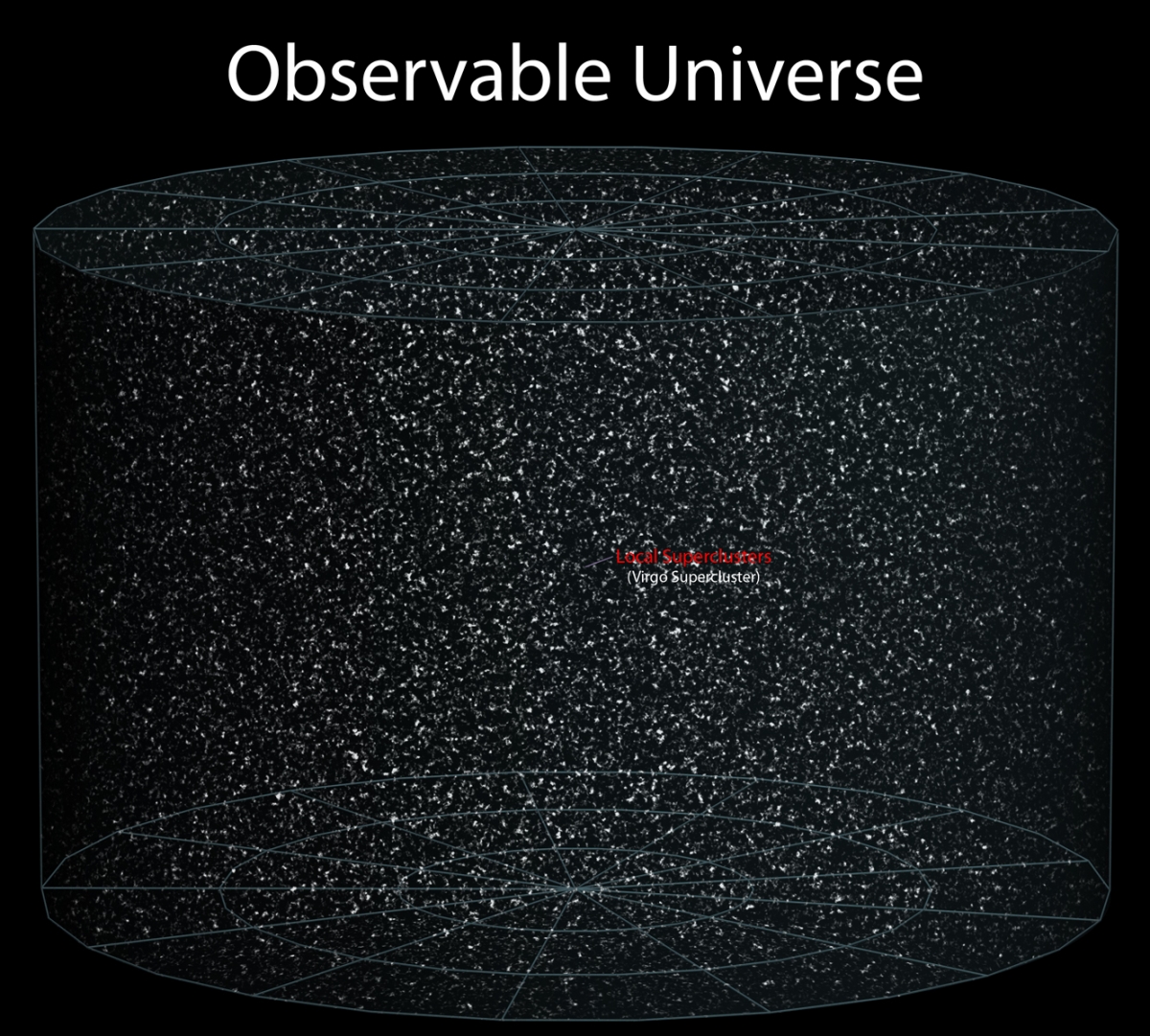
So, why is this dark location important? For an astronomer, light can be an enemy. Because of where we reside, the lights of the universe don’t blind us or limit our views. Astronomers can see virtually all of the night sky wonders, including the entirety of cosmic history. Like all galaxies, the Milky Way is filled with bright astronomical objects. If we were close to any of them, astronomical research would be seriously hampered. The brightest areas are the galactic core and spiral arms. Dust shields us from the brightness of the core. Plus, we are located hallway between two spiral arms, which themselves are partially blocked by dust clouds.

Yet, these dust clouds don’t block significant regions of the cosmos from our view. As a result we can learn a lot about the origin, structure and history of the galaxy and the universe. If we had star clusters or large objects like the Orion Nebulae in close proximity to our solar system, we wouldn’t be able to view large portions of the night sky. Imagine if the Double Cluster (NGC 884/869) were as close to us as the Pleiades (M45). It would cover one fourth of the night sky. Plus, it contains several stars that are fifty thousand times brighter than our sun. Many of its 600 stars would shine as bright as Vega. Astronomical observations would be significantly hampered.
So, the next new moon when you go out to observe the night sky, consider how lucky we are to have settled into a dark life-habitable location.
Information for this article was taken from the book Why The Universe Is The Way It Is by Hugh Ross Cosmologist Ph.D. and from “The One Minute Astronomer” by the editors of The One Minute Astronomer. Note: One-Minute Astronomer is now publishing articles at its new website CosmicPursuits.com.


